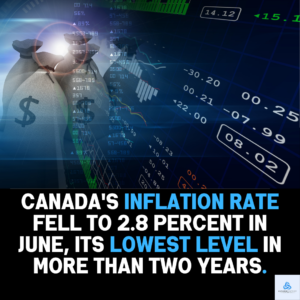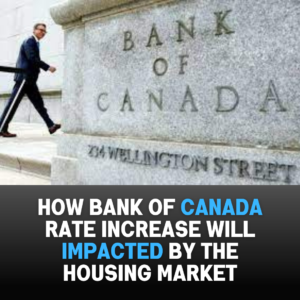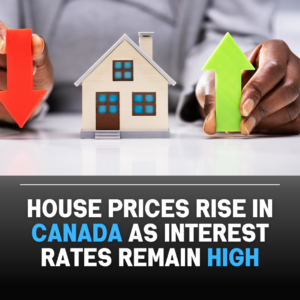Higher education is a cornerstone of societal progress and individual growth. In Canada, renowned for its commitment to education and inclusivity, university education can be a transformative experience that equips students with essential knowledge and skills for their future careers. However, the rising costs of higher education have become a significant barrier for many aspiring students. We will explore the idea of making university education free for Canadian students by advocating for more prudent fiscal management.
Currently, earning a university degree in Canada can result in an substantial financial burden. For students and their families, the cost of tuition, books, housing, and living expenses can present a challenging financial situation. This condition may result in decreased accessibility, depriving talented people from lower-income backgrounds of opportunities for higher education and feeding a cycle of inequality.
The current situation in Canada makes earning a university degree frequently prohibitively expensive. For students and their families, paying for tuition, books, housing, and living expenses can be extremely difficult financially. Reduced accessibility brought on by this issue may prevent talented people from lower-income backgrounds from pursuing higher education opportunities, thus feeding the cycle of inequality.
Advantages of Free University Education
Offering free University education ensures that all qualified students, regardless of their economic background have the chance to pursue their academic dreams. This can lead to a more diverse and inclusive higher education system, where talent and potential are not limited by financial constraints.
The removal of tuition fees would allow students to graduate without having to take on onerous student loan debt. In addition to relieving their financial burdens, this will enable them to make career decisions based on their interests and skills rather than just considering their ability to earn money to pay back student loans.
Free university education may encourage more students to continue their education, which could result in a more highly skilled work force. A population with a good education can help the country as a whole by promoting innovation, economic growth, and technological advancement.
Students from low income backgrounds may experience greater social mobility if financial barriers are removed. As a result, opportunities may be distributed more fairly in society, resulting in a decrease in the wealth gap.
Prudent Fiscal Management
The idea of free university education might raise concerns about the financial sustainability of such a plan. However, with prudent fiscal management, this vision can be realized without compromising the nation’s economy. Here are some strategies to achieve this goal:
The idea of free university education might raise concerns about the financial sustainability of such a plan. But with careful fiscal management, this vision can be fulfilled without harming the country’s economy.
Progressive tax reforms could be put into place to help raise more money to fund free university education . Increased taxes on the most wealthy individuals and businesses can aid in resource redistribution to pay for higher education without burdening the majority.
Governments can divert funds currently going to non-essential areas into education. Allocating a larger percentage of the budget to universities will be made possible by prioritising higher education as a national investment.
Free University education for Canadian students is a bold and innovative move towards a better future. By removing financial obstacles, we can help countless people realise their full potential and cultivate a highly skilled and diverse workforce that will drive the growth of the country. Even though putting such a system in place necessitates careful fiscal management, the advantages far outweigh the disadvantages. The prosperity, innovation, and social well-being of the country can all be improved by investing in education. Ontario centrist party goal is to establish itself as a leader in the world by offering affordable and fair higher education to all.
#Canada #OntarioCentristParty #politics #Ontario #Toronto #Education #freeunivesityeducation #Toronto
~Ontario Centrist Party









